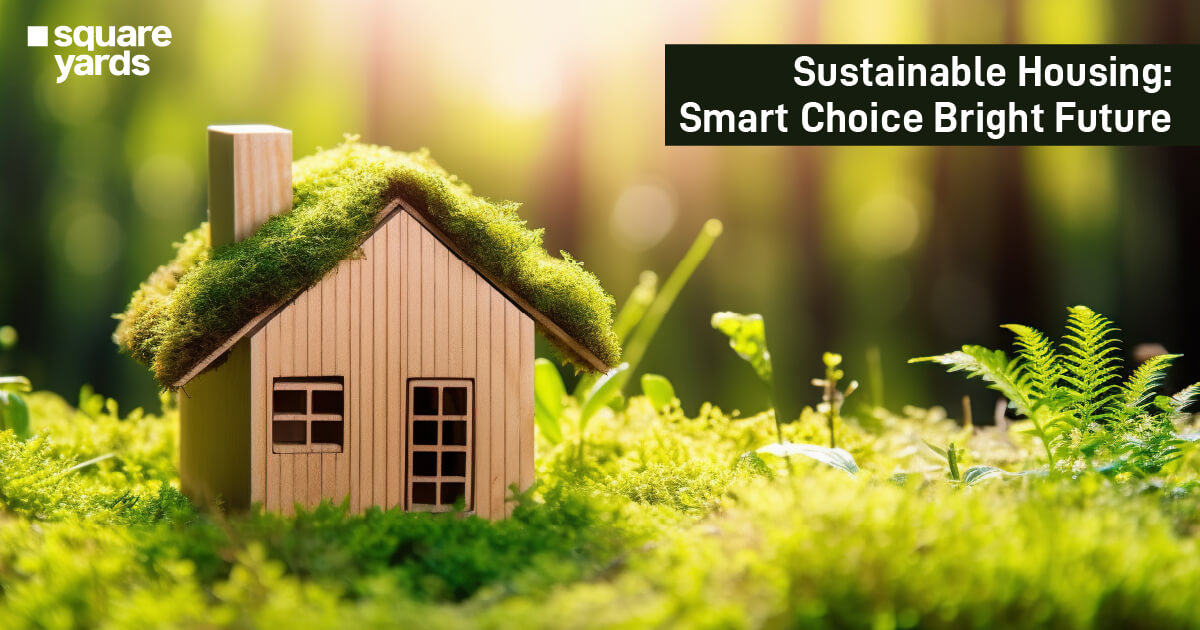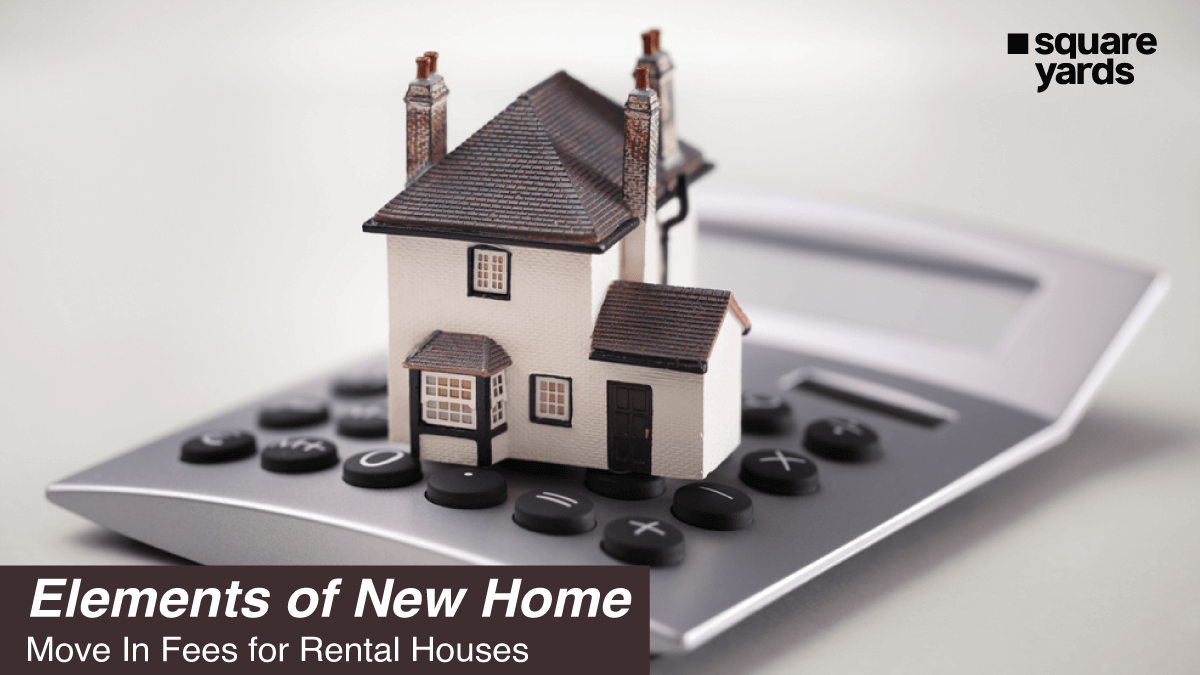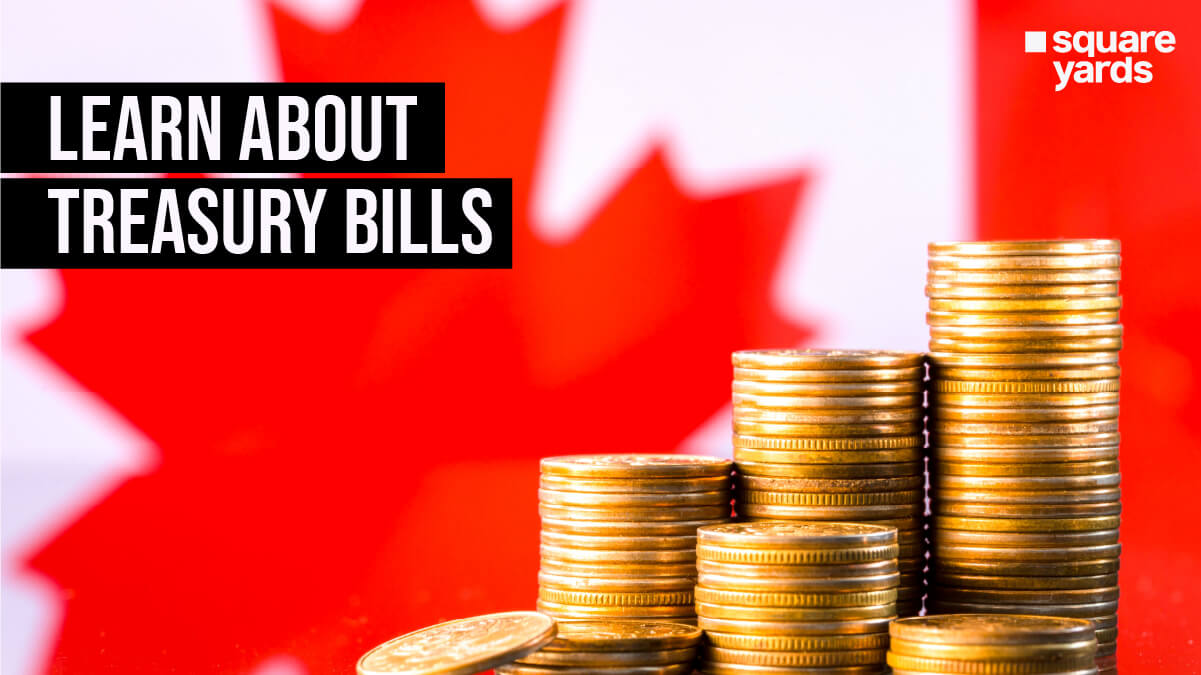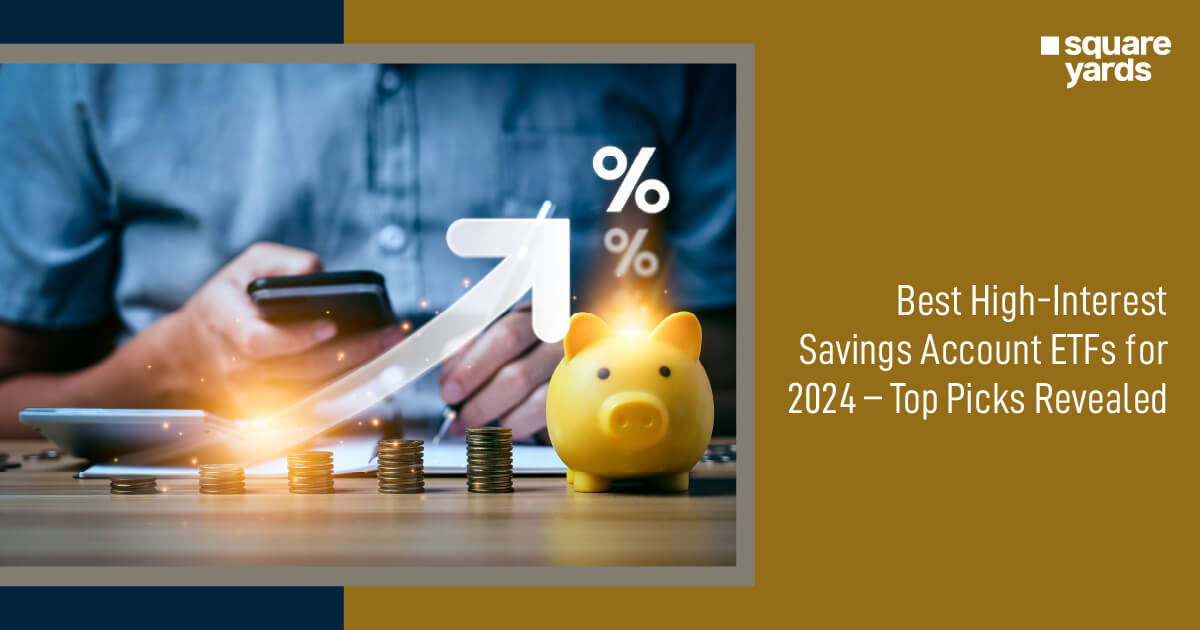With developments come its consequences, and when nature is destroyed, human civilisation has to bear its outcome. Every one of us is feeling the impact of global warming, prompting us to seek various solutions. One of the most compelling solutions is sustainable housing. Sustainable housing Canada is transforming the way we think about homes and the environment. These eco-friendly dwellings are designed to reduce environmental impact and promote energy efficiency, making them an excellent choice for modern living. With its vast landscapes and growing population of 39.12 million people in Canada, the trend towards sustainable housing is on the rise. Sustainable homes offer numerous benefits, including lower energy bills, healthier living environments, and increased property values. As awareness of climate change and environmental responsibility grows, investing in sustainable housing becomes an attractive and practical option for homeowners.
Why Choose Sustainable Housing in Canada?
Canada is the second-largest country in the world, with a population of 39.12 million people. This vast nation is experiencing a growing trend towards sustainable housing. According to the statistics of the Home Builders Association, there were 1.2 million sustainable homes in Canada until 2022, which accounts for 5% of the properties. Sustainable homes are designed to minimise environmental impact and maximise energy efficiency, making them a wise investment for the future. Moreover, sustainable homes provide a healthier living environment. With improved indoor air quality and the use of non-toxic materials, these homes promote better health and well-being for their occupants.
Investing in a sustainable home is also financially acceptable. As awareness of environmental issues grows, so does the demand for eco-friendly homes, potentially increasing their resale value. Choosing a sustainable home means positively impacting both the environment and your finances, ensuring a brighter future for all. In this blog, we will learn about the benefits of investing in sustainable homes in Canada.
Reduction in Energy Costs
Sustainable homes are designed to be energy-efficient, incorporating features like solar panels, energy-efficient appliances, and superior insulation. These elements work together to significantly lower energy consumption, leading to reduced utility bills. Homeowners can see substantial savings over time by harnessing renewable energy sources and optimising energy use. Additionally, energy-efficient homes are less reliant on non-renewable energy sources, contributing to a smaller carbon footprint. The initial investment in sustainable features often pays off quickly, making reduced energy costs one of the most immediate and tangible benefits of living in a sustainable home.
Hike in Property Value

Sustainable homes tend to have a higher property value compared to traditional homes. As awareness of environmental issues grows, more buyers are seeking eco-friendly properties. Features like energy-efficient systems, sustainable materials, and green technologies make these homes more attractive to potential buyers. Moreover, sustainable homes often have lower operating costs and longer-lasting materials, adding to their appeal. The increased demand for environmentally responsible living means that investing in a sustainable home benefits the planet and can yield a higher return on investment when it’s time to sell.
Incentives by Government
Governments at various levels offer incentives to encourage the adoption of sustainable housing. These incentives can come in the form of tax credits, rebates, grants, and subsidised loans for installing energy-efficient systems or renewable energy sources. For example, homeowners may receive financial assistance for adding solar panels, upgrading insulation, or installing high-efficiency heating and cooling systems. These incentives reduce the upfront costs of making a home more sustainable, making it an attractive option for homeowners. By taking advantage of these programmes, individuals can significantly lower their initial investment and speed up the return on their sustainable home improvements.
Improvement in Indoor Air Quality
Sustainable homes are designed with indoor air quality in mind, often featuring better ventilation systems and non-toxic building materials. These homes use low-VOC (volatile organic compounds) paints, finishes, and adhesives, which reduce harmful emissions. Additionally, sustainable building practices may include advanced air filtration systems that remove allergens, pollutants, and toxins from the indoor environment. This focus on air quality creates a healthier living space, reducing the risk of respiratory issues and allergies. Improved indoor air quality not only enhances the comfort of the home but also contributes to the overall well-being of its occupants.
You May Also Read :
|
Guide To Corporate Housing |
|
|
Explore Laneway House in Toronto |
|
|
Know The Housing Innovation Fund |
|
|
What is Fair Housing Act |
Frequently Asked Questions (FAQs)
Does sustainable living save money?
By using energy-efficient appliances, solar panels, and other eco-friendly technologies, you can significantly reduce your utility bills. Over time, these savings can add up, making sustainable living a cost-effective choice.
Is it worth investing in sustainability?
Yes, investing in sustainability is worth it. Sustainable homes often have higher property values, lower operating costs, and provide a healthier living environment. Additionally, government incentives can reduce the initial investment cost, making it a financially sound decision.
Is sustainable living expensive?
While the initial cost of sustainable living might be higher due to the investment in green technologies and materials, the long-term savings on energy bills and maintenance can offset these costs. Government incentives also help make sustainable living more affordable.
What are the drawbacks of sustainable living?
The main drawbacks of sustainable living include the higher upfront costs and the need for specialised knowledge to implement and maintain sustainable practices. Additionally, some sustainable technologies may not be readily available in all areas, which can limit options for certain homeowners.



































